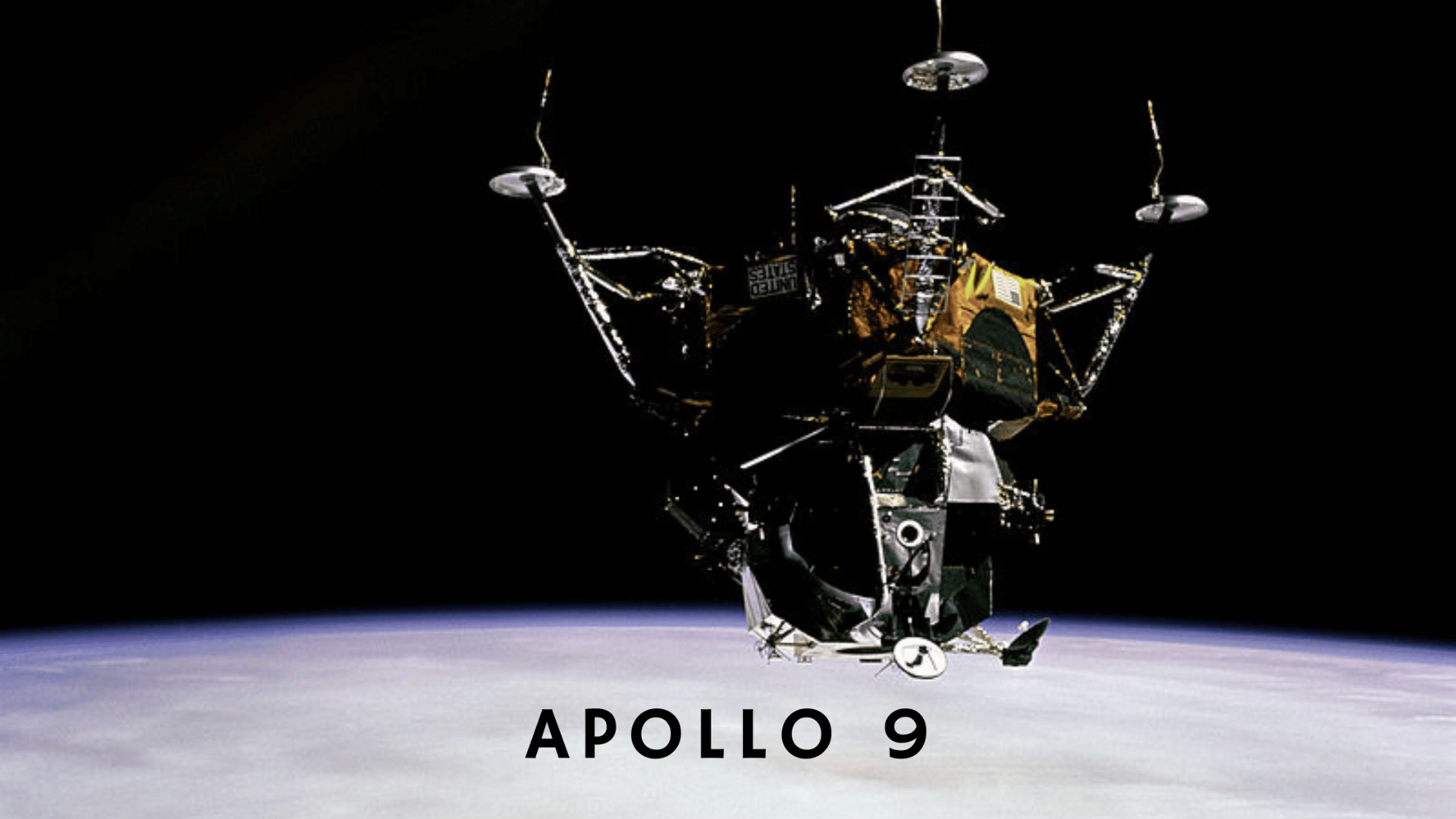
Apollo 9
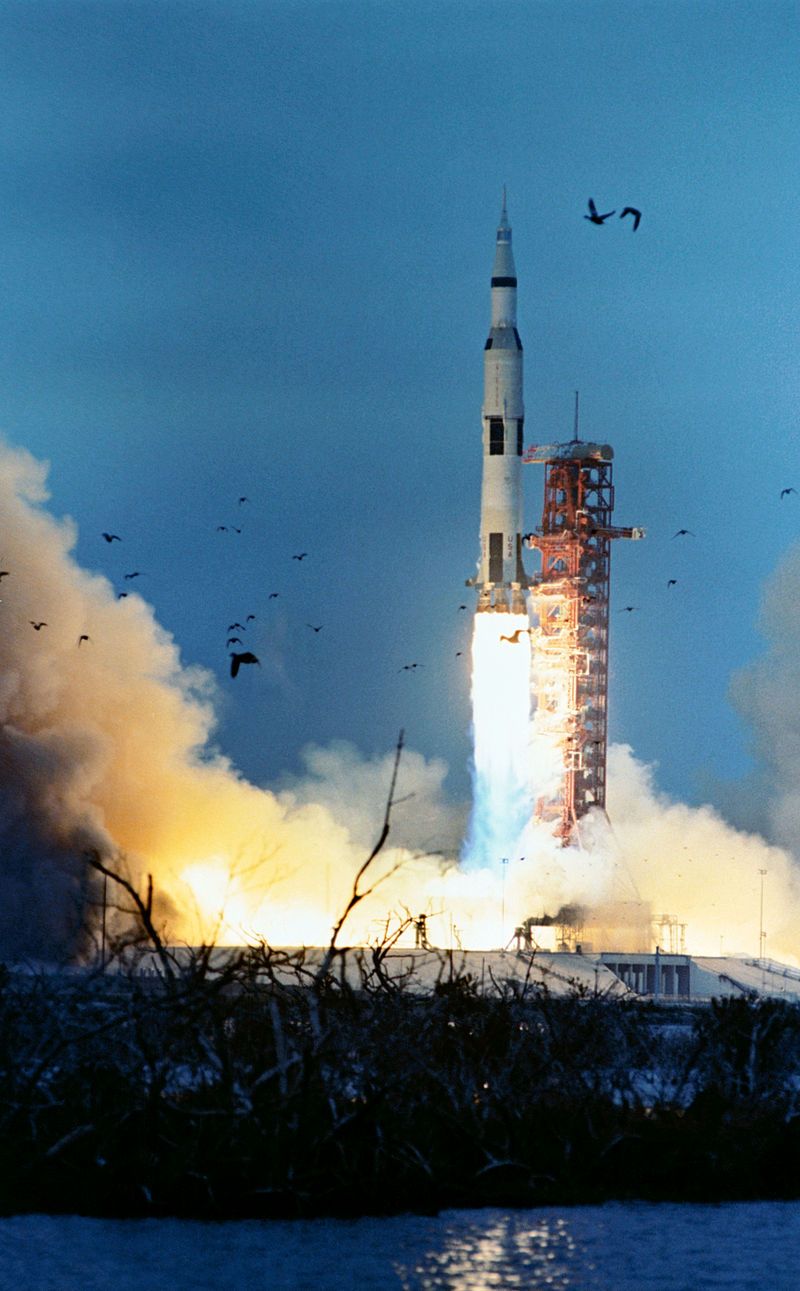
Apollo 9 was the third spaceflight in NASA's Apollo program, the second crewed Apollo mission, and the first flight of the full Apollo spacecraft, which included the Lunar Module (LM) with the command and service module (CSM). The primary goal of the Apollo 9 mission was to qualify the LM for lunar orbit operations in preparation for future lunar landings. The mission demonstrated its descent and ascent propulsion systems, showing that its crew could fly it independently and its rendezvous and dock capability with the CSM, which was necessary for a lunar landing. Firing the LM descent engine as a backup mode to propel the spacecraft stack, something that would be incredibly valuable during Apollo 13, and the use of the portable life support system backpack outside the LM cabin were secondary flight objectives.
Apollo 9 had a three-person crew, Commander James McDivitt, Command Module Pilot David Scott, and Lunar Module Pilot Rusty Schweickart. During their ten-day mission, the astronauts tested systems and procedures that would prove critical to landing on the Moon, including backpack life support systems, docking maneuvers, navigation systems, and the LM engines.
The launch was initially scheduled for February 28, 1969. However, it was postponed because all three astronauts had colds. NASA didn't want to risk how that could affect the mission. Around-the-clock labor shifts were necessary to keep the spacecraft ready; the delay cost $500,000. Launch occurred on March 3, well within the initial launch window. Vice President Spiro Agnew was present in the firing control room was on behalf of the new Nixon administration. McDivitt reported it was a smooth ride during the launch, although there was some vibration.
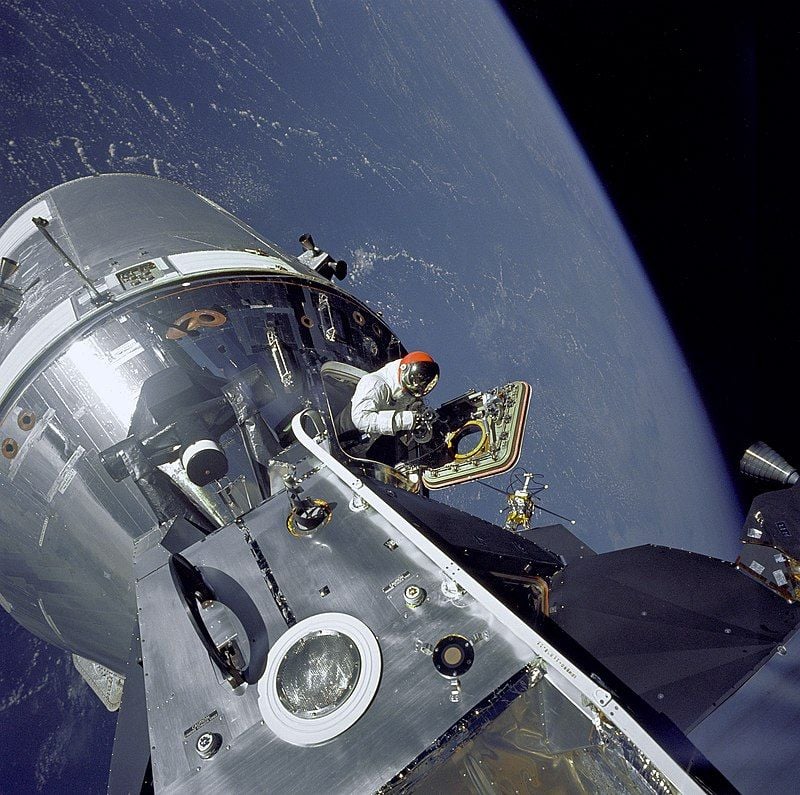
The highlight of the next day was three SPS burns. The initial burn lasted 110 seconds and including gimbaling the engine to see if the autopilot could lessen the sway, which it did within five seconds. The engine and spacecraft passed every test, sometimes proving more robust than expected. The plan for the third day in space was to have the commander and lunar module pilot check out the LM's systems and use the LM descent engine to move the entire spacecraft. The descent engine served as backup to the SPS, which was critical during Apollo 13.
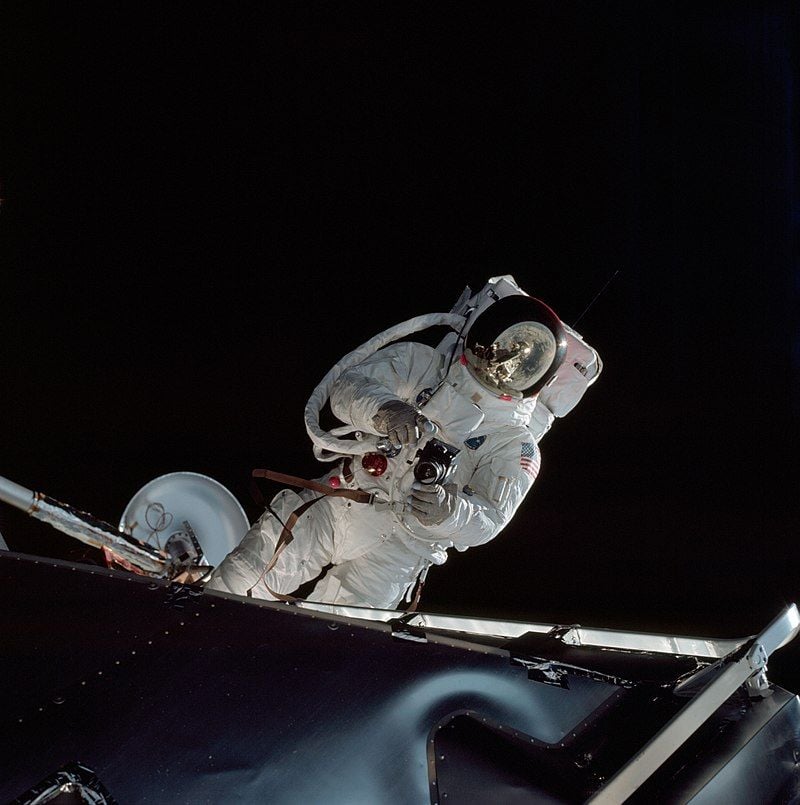
On the fourth day, Schweickart exited the hatch on the LM and made his way around the outside of the spacecraft to the hatch of the CM, where Scott was standing by to assist. The purpose of this was to demonstrate what could be done in the event of an emergency. Schweickart wore the life support backpack or PLSS during his EVA and seeing as it was the only one scheduled, it was the singular opportunity to test the PLSS in space. McDivittthe EVA initially canceled the EVA Schweickart's illness. However, considering he felt better, McDivitt allowed Schweickart to exit the LM and move around the LM exterior using the handholds. Both Scott and Schweickart photographed each other and retrieved experiments from their vehicles' exterior. He found moving around in space easier than the simulations had been. Both Schweickart and Scott were confident that he could have completed the exterior transfer, but they considered it unnecessary.
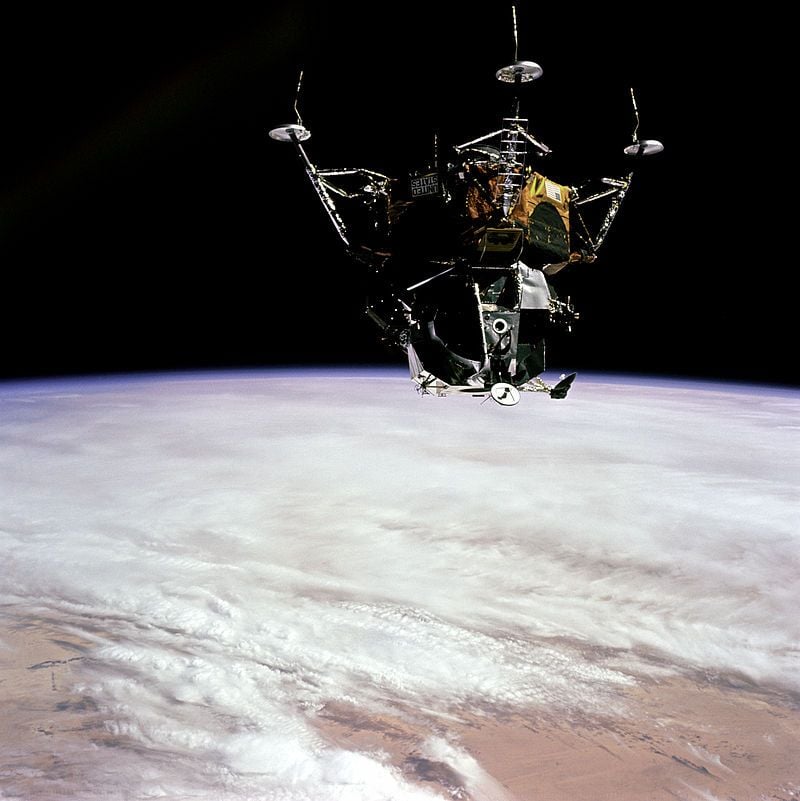
The approach and rendezvous were then conducted, and to demonstrate that either craft could perform rendezvous, Spider was the active participant during the maneuver, with Gumdrop taking the passive role. Spider was brought close to Gumdrop by McDivitt, who then maneuvered the LM to show Scott each side, allowing him to inspect for any damage. Then, McDivitt docked the craft. Due to glare from the Sun, McDivitt had trouble doing this, and Scott guided him in. During the later missions, docking the two spacecraft in lunar orbit would fall to the command module pilot. McDivitt and Schweickart returned to Gumdrop, and Spider was jettisoned, and its engine was fired remotely by Mission Control to deplete the fuel entirely as part of further engine testing. This simulated the ascent stage's climb from the lunar surface. The only primary lunar module system not thoroughly tested was the landing radar, as this could not be done in Earth orbit.
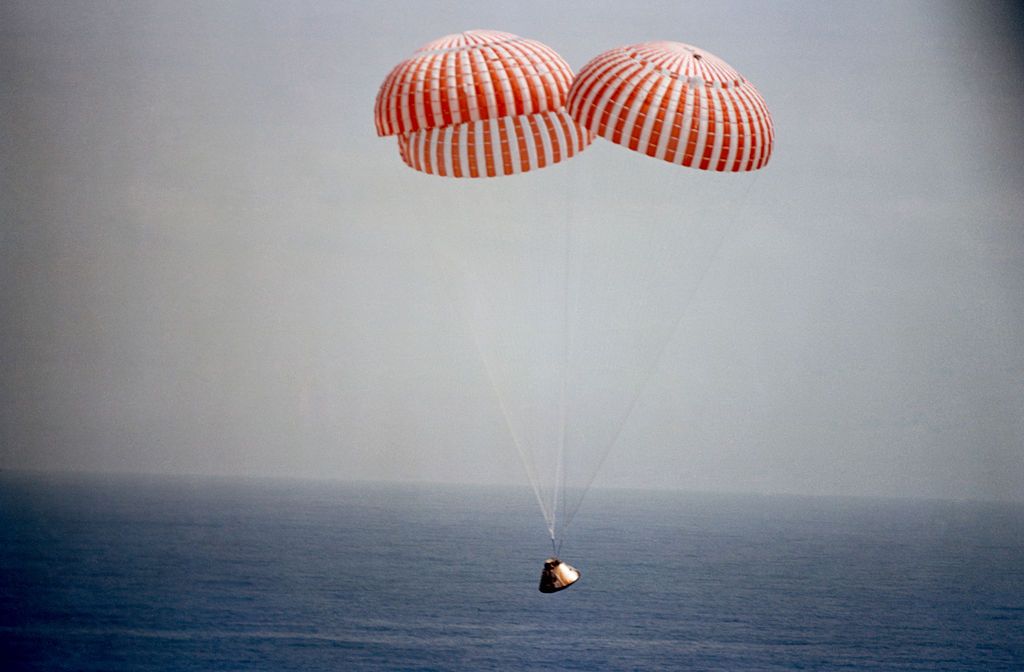
On March 13, during the mission's tenth-day, the service module was jettisoned. Due to unfavorable weather in the primary landing zone, the landing was delayed one orbit. Apollo 9 splashed down in the Atlantic ocean, around 160 nautical miles (300 km) east of the Bahamas, with the USS Guadalcanal recovery carrier, just over 3 miles (4.8 km) away. The mission lasted 10 days, 1 hour, 54 seconds. Apollo 9 was the last spacecraft to splashdown in the Atlantic Ocean until the Crew Dragon Demo-1 mission in 2019.
